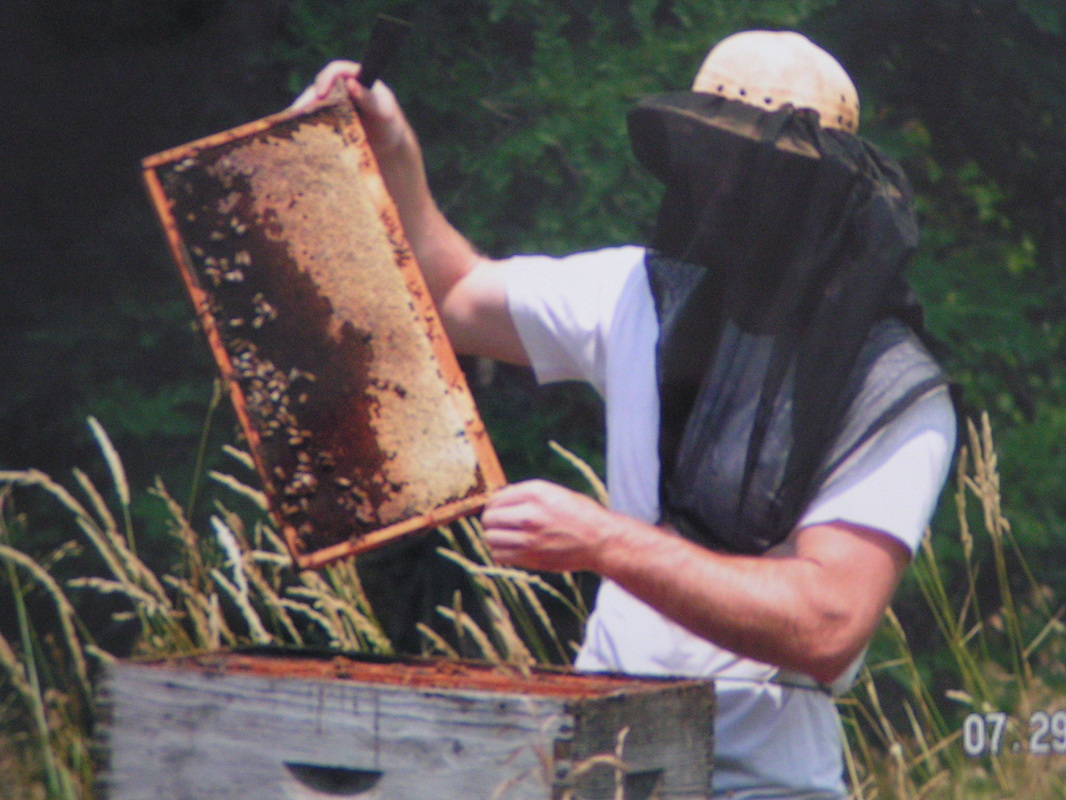But fashion-forward flowers needn’t worry about patterns, bees seem unconcerned with solids vs. stripes.
An experiment at the University of Cambridge exposed bumblebees to different colors and patterns of snapdragon flowers. The bees had been raised without ever seeing a flower, until they were presented with solid red or ivory flowers as well as a red-and-ivory striped variety. The flowers were set on a brown background.
The insects preferentially flew to the ivory and the peppermint-striped varieties."
Bold Blooms Bring in the Bees
by Tim Wall

 RSS Feed
RSS Feed
